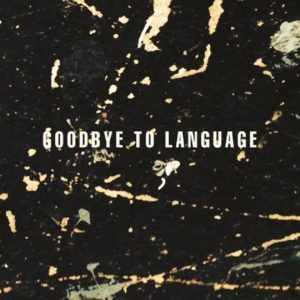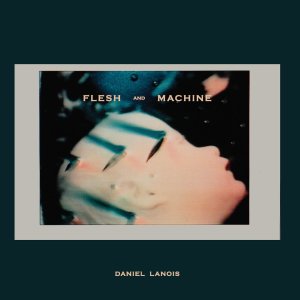Wenn es zu Daniel Lanois’ Selbstverständnis zählt, stets mit einem Fuss in der Vergangenheit, und dem anderen in der Zukunft zu stehen, bekommt hier die gute alte Zeit eindeutig Vorrang, auf den ersten Ton zumindest. Rasch aber spürt der, der sich mit offenen Ohren in die Musik fallen lässt, dass hier kein regressives Schwelgen am Werk ist, und auch nicht in die klassische Falle getappt wird, den nächsten unausweichlichen „sweet stuff“ in der Nachfolge von Erik Saties goldenen Oldies zu verzapfen. Diese Platte ist eine kleine Sensation. Ein Wunder sowieso, wie er sein Zweit- oder Drittinstrument hernimmt, und ihm demassen verführerische Figuren entlockt, jenseits von Kitsch und Erhabenheit. Hier und da mit den richtigen falschen Tönen, dass nur das normierte Denken zuckt, und jeder andere aus dem Staunen keinen Weg herausfinden möchte. Was der gebürtige Kanadier hier veranstaltet, ist schichtweg ein Traum. Eines der hinreissendsten Klavieralben der letzten fünfzig Jahre (aus dem Reich der Nicht-Virtuosen): was für Auren, was für Farben, was für Treatments, was für Nachhallkurven und Drumherumgeschimmer, was für eine verdammt intime Veranstaltung erster Güte. Zutiefst humane Musik. Danny Boy hat neben berühmten Produktionen (Dylan, Neville Brothers, Gabriel, u2), neben eigenen rar gesäten, betörenden Songalben, auch eine stattliche Anzahl rein instrumentaler Musik veröffentlicht „Player, Piano“ gehört neben „Belladonna“ (2005) und „Goodbye To Language“ (2016) zu den drei instant classics seiner Ambient-Discographie. Und, natürlich, nicht zu vergessen, der heilige Gral, „Apollo“, das Trio mit den zwei Brians, das nach mehr als drei Jahrzehnten eine qualitativ ebenbürtige Fortsetzung erfuhr.
Schöne Koinzidenz – alle Drei kommen 2022 mit bockstarken Werken daher. Aber zurück zu „Player, Piano“. In jedem Instrumentalstück ein anderer Zugang zum Klavier, ein anderes Ambiente, ein anderer Sound, und doch ein Zyklus aus einem Guss. Unfassbar gut. Old-fashioned (in an adventurous way) and visionary at the same time.






